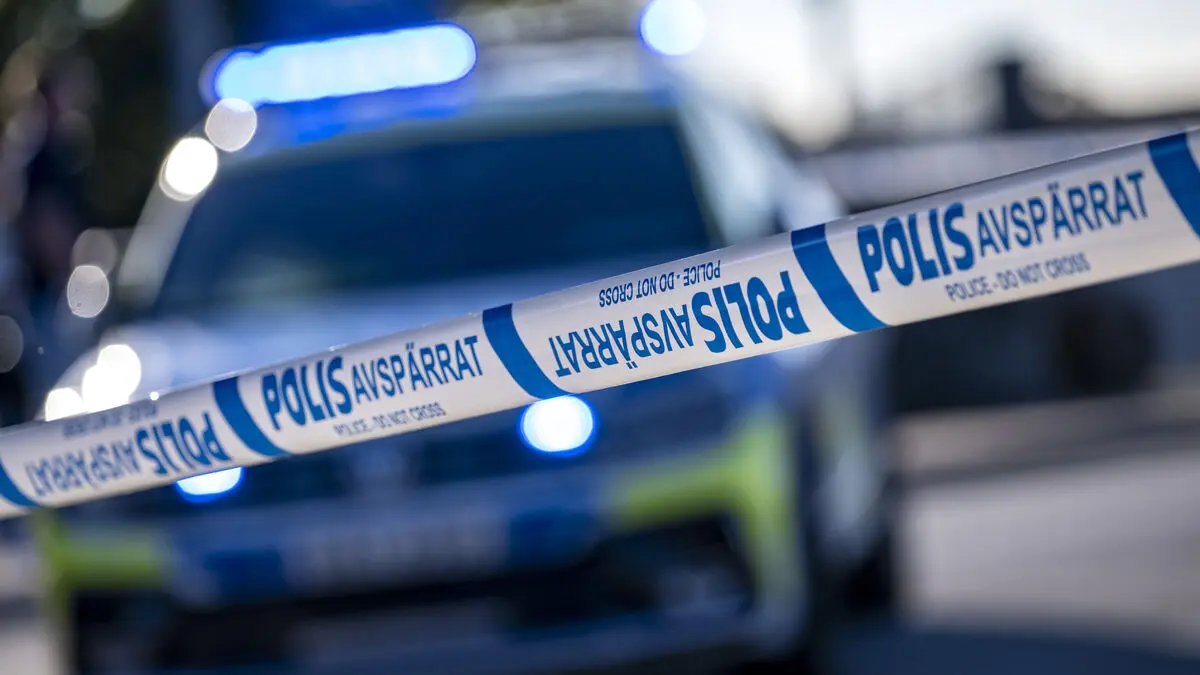The method, which comes from the USA, was tested in a pilot case in Sweden in 2020 and led to genealogist Peter Sjölund successfully identifying the perpetrator behind the high-profile double murder in Linköping in 2004.
Since July 1 of this year, the police have had legal support to use the method in other cases – new and old – and the work is in full swing, according to Erik Borendal, head of the laboratory unit at the National Forensic Center (NFC).
I don't want to go into which or how many cases, but we want to have several cases going on in parallel and in different phases to have an effect. But there hasn't been a meeting yet, we're not that far along in the process.
The goal is to test the method on “a handful of cases” in 2025.
Prosecutor's decision
In order to open a case, a prosecutor's decision is needed, and if it is a cold case, the preliminary investigation must be reopened. For the method to be used, all other investigative measures must in principle be exhausted, and the DNA trace in question must most likely come from the perpetrator.
If we get a hit, will it solve the crime? That's an important factor in the selection process. That's where the prosecutor's assessment of the evidence is crucial.
NFC now has several employees with genealogy expertise, but Borendal does not want to say whether they have gotten to the point where the genealogy part itself has been initiated in any case.
Murder and sex crimes
Before you get there, an extended DNA analysis of the trail is required, which can take months.
If you have great DNA material and a good match in the genealogy database, you could have a match with the genealogy in a week, but it could also take years or never happen. It depends a lot on the quality of the trace but also on luck when it comes to genealogy.
One case that the police have previously identified as relevant is the double murder in Brattås in 2005, where a suspected perpetrator left a DNA trace at the crime scene. Another case mentioned in this context is the murder of a 28-year-old woman in Helsingborg in 2001, where there is reportedly a DNA trace from an unknown person.
Erik Borendal emphasizes that the method may not only be used in murder cases, but also in serious sexual crimes.
There is a huge reason to look at the most serious sexual crimes. It is conceivable that there are active perpetrators who could still commit new crimes.
A case that may be relevant for genealogy goes through four steps, once a suitable case has been selected.
1. DNA analysis: An extended analysis of the biological trace is performed, and the answer is formatted for comparison with genealogy databases.
2. Comparison with genealogy databases: The data is transferred, and the Swedish Data Protection Authority is informed. The handling is done separately, so that no one else can search against the current DNA trace.
3. Hit list and selection. The police receive answers in the form of a hit list, and based on this, fairly traditional genealogy research is carried out to see who the perpetrator might be.
4. Hit against a person. If a person can be identified as a reasonable suspect, they can be forced to undergo a swab test, which can then be tested against the DNA trace. Swab testing can also be done voluntarily and result in a hit.
Source: Police.





